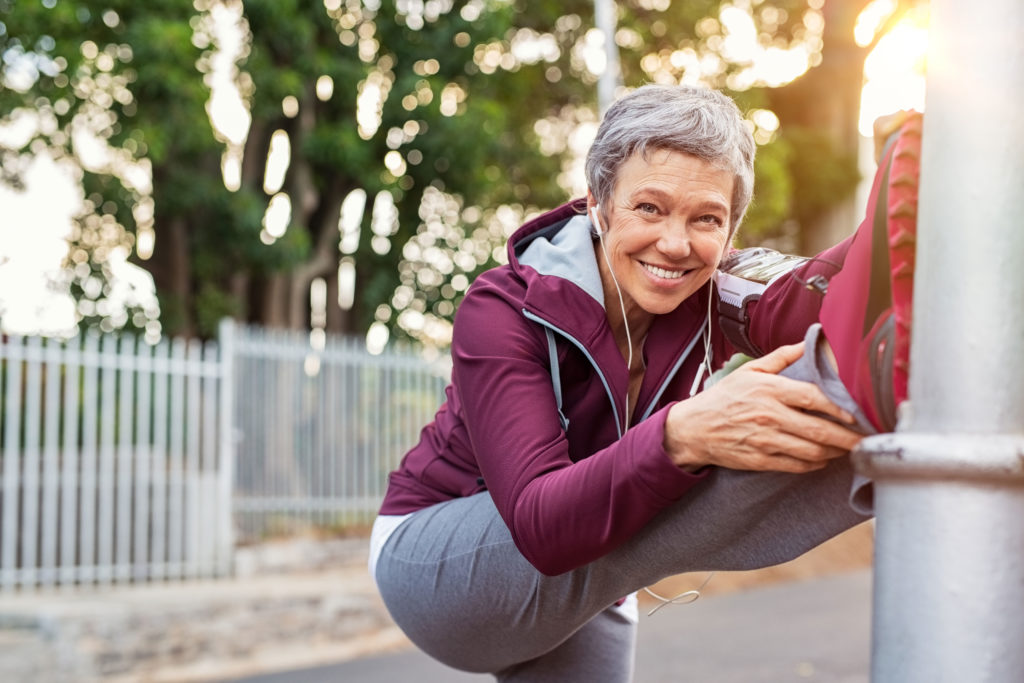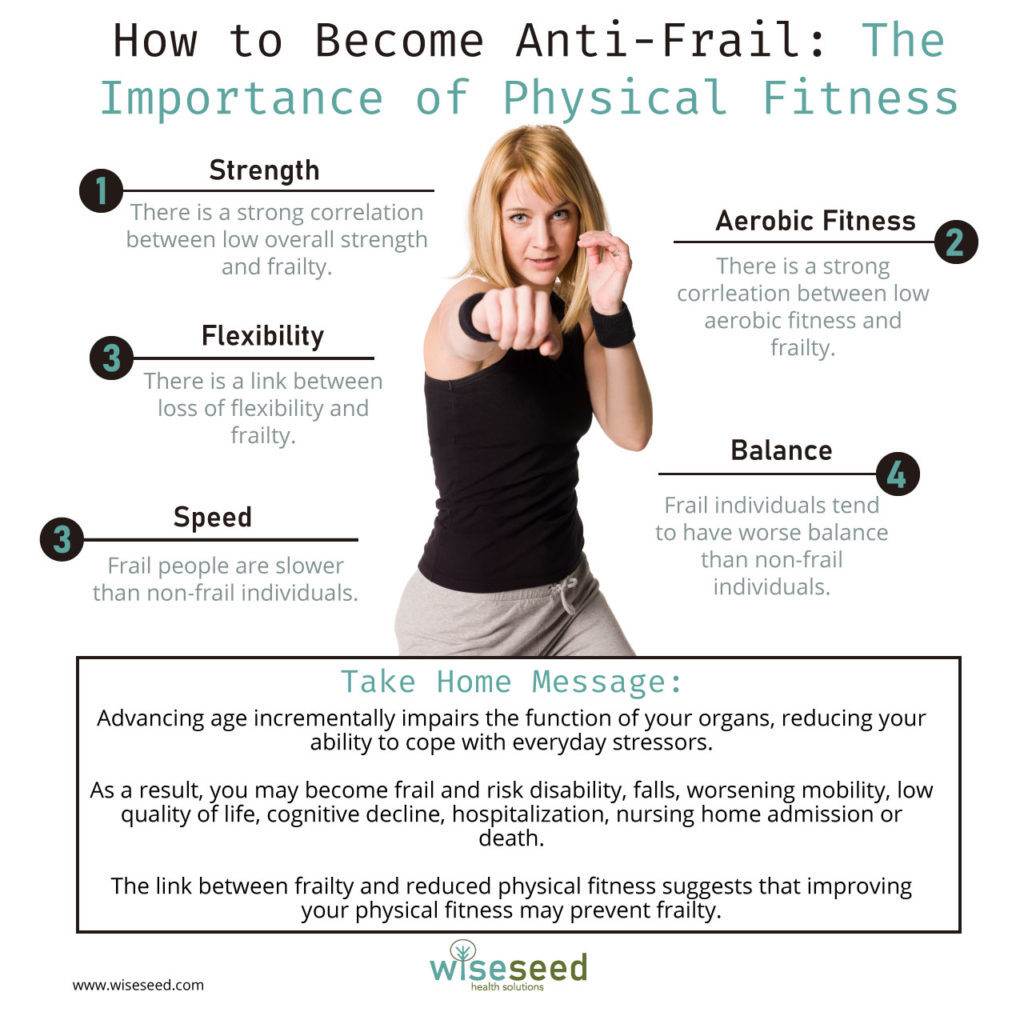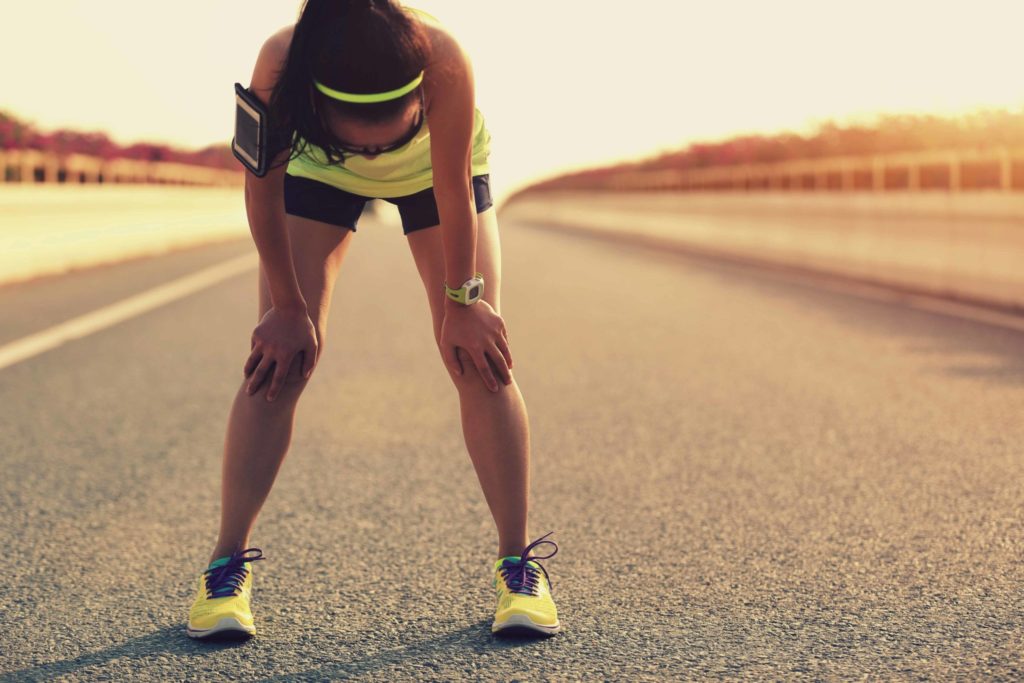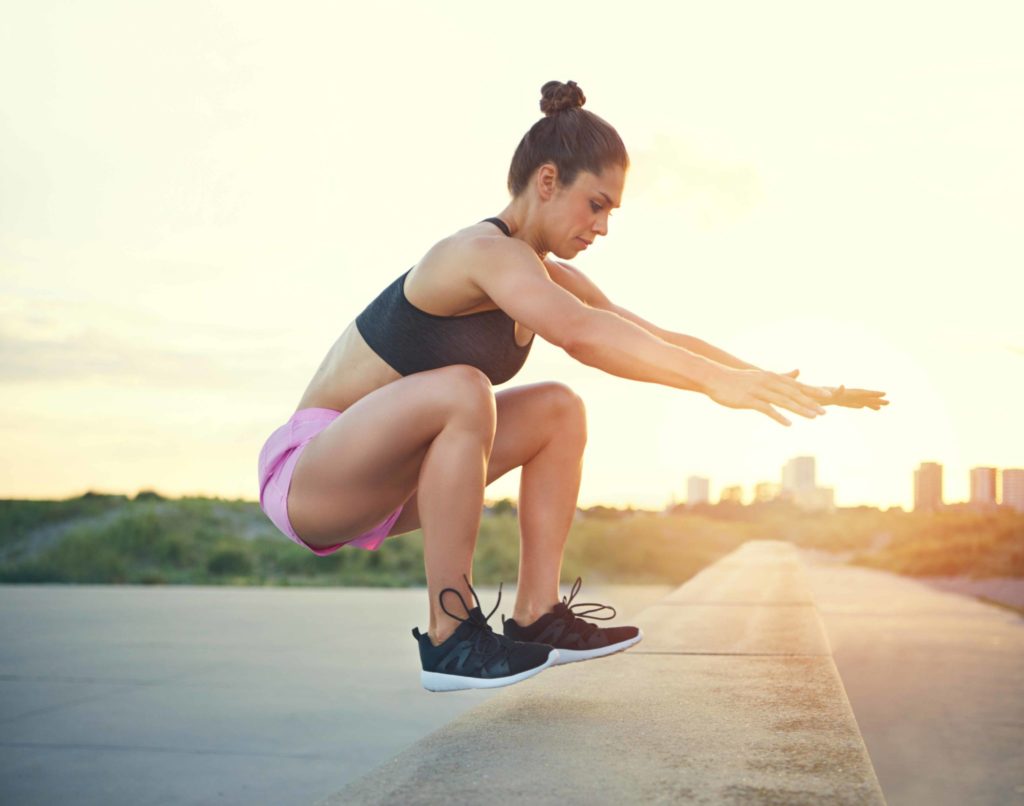How to Become Anti-Frail: The Importance of Physical Fitness

“You live as if you were destined to live forever, no thought of your frailty ever enters your head.”
― Lucius Annaeus Seneca
What is Frailty?
Alas, as you age, you risk become frail.
Frailty increases as you get older because advancing age incrementally impairs the function of your organs. As a result, your ability to respond to everyday stressors is reduced, which greatly increases your chance of becoming sick or disabled (1).
For example, frail adults are at high risk of suffering a disability, falls, worsening mobility, low quality of life, cognitive decline, hospitalization, nursing home admission, and death (1)!
The obvious conclusion is that frailty sucks, and you should do your best to avoid it.
Frailty is a Syndrome, Not a Disease
Before we go on, it’s worth highlighting the difference between a syndrome versus a disease.
A syndrome is ‘a recognizable complex of symptoms and physical findings which indicate a specific condition for which a direct cause is not necessarily understood’ (2).
In contrast, a disease has (i) a well-characterized mechanism, (ii) clearly identifiable diagnostic features and disease progression, and importantly (iii) response to specific treatments (2).
Frailty is largely the result of aging (1, 3, 4), although lifestyle and genetics do play an important role. Because we don’t fully understand the interactions between these complex processes, frailty is currently classified as a syndrome.
The Link Between Physical Fitness and Frailty
Frailty can be clinically diagnosed using five criteria (6). These are (i) low grip strength, (ii), low energy, (iii) slowed waking speed, (iv) low physical activity, and (v) unintentional weight loss (6).
Intriguingly, these diagnostic criteria are tightly linked to your state of physical fitness. Consider that being strong, fast, active, and having high energy levels while maintaining a healthy weight all indicate that you are physically fit.
This suggestive relationship between physical fitness (or lack thereof) and frailty prompted Dr. Casajús and Colleagues to analyze twenty independent studies and interrogate exactly how physical fitness correlates with frailty (5).
This is an important question because it redefines frailty from an untreatable syndrome to a cluster of treatable diseases (5). This in turn lays a foundation for developing new therapies to treat and prevent frailty.
What the Researchers Found
1. Strength
The Author’s found a strong correlation between low lower-body strength and frailty (5). They also demonstrated a significant correlation between low upper-body strength and frailty (5).
Handgrip strength is convenient, reproducible, and provides a good estimate of overall strength. Reassuringly, the Author’s also found that frail individuals also tended to have low grip strength (5) and that this correlated well with poor lower-body strength (5).
In conclusion, frailty is strongly associated with poor overall body strength. Notably, frail people tend to have particularly weak legs, which greatly reduces their mobility and increases their risk of falling.
2. Aerobic Fitness
Three studies assessed the relationship between aerobic capacity and frailty (5). All three studies found a strong link between low aerobic fitness and frailty (5), suggesting that frail people have a reduced level of aerobic fitness compared to non-frail individuals (5).
3. Flexibility
The Authors analyzed three studies that measure flexibility in frail and non-frail individuals. Two studies showed that frailty is indeed associated with a loss of flexibility. However, the third study did not (5). Although this suggests that frailty is associated with the loss of flexibility, more studies are required to confirm this correlation (5).
4. Balance
Eight separate studies assessed balance in frail and non-frail individuals (5) . All of the studies were consistent in showing that frail individuals tend to have worse balance than non-frail individuals (5). Thus, we can conclude that frail individuals often have an impaired sense of balance.
5. Walking Speed
The Author’s assessed two measures of walking speed, usual walking speed, and maximal walking speed. Importantly, both are reduced in frail individuals (5). Therefore, we can conclude that frail people display an impaired walking ability compared to non-frail individuals.
Take Home Message
Frail people are physically unfit. They display a marked reduction in strength, aerobic capacity, balance, and walking speed, and likely reduced flexibility (5).
The link between frailty and reduced physical fitness is important because it suggests that improving your physical fitness may reduce or even prevent your chances of becoming frail.
In our next anti-frail article, we will explore how resistance training can help you avoid frailty and stay fit and healthy into old age.
Please click on the link below to download your free PDF.

References and Further Reading
1. E. O. Hoogendijk et al., Frailty: implications for clinical practice and public health. Lancet 394, 1365-1375 (2019)
2. F. Calvo, B. T. Karras, R. Phillips, A. M. Kimball, F. Wolf, Diagnoses, syndromes, and diseases: a knowledge representation problem. AMIA Annu Symp Proc 2003, 802 (2003).
3. C. López-Otín, M. A. Blasco, L. Partridge, M. Serrano, G. Kroemer, The hallmarks of aging. Cell 153, 1194-1217 (2013).
4. G. V. Mkrtchyan et al., ARDD 2020: from aging mechanisms to interventions. Aging (Albany NY) 12, 24484-24503 (2020).
5. D. Navarrete-Villanueva et al., Frailty and Physical Fitness in Elderly People: A Systematic Review and Meta-analysis. Sports Med 51, 143-160 (2021).
6. L. P. Fried et al., Frailty in older adults: evidence for a phenotype. J Gerontol A Biol Sci Med Sci 56, M146-M157 (2001).
Acknowledgements
Images provided by gemenacom and Ridofranz
Disclaimer
The material displayed on this website is provided without any guarantees, conditions or warranties as to its accuracy.
Information written and expressed on this website is for education purposes and interest only. It is not intended to replace advice from your medical or healthcare professional.
You are encouraged to make your own health care choices based on your own research and in conjunction with your qualified practitioner.
The information provided on this website is not intended to provide a diagnosis, treatment or cure for any diseases. You should seek medical attention before undertaking any diet, exercise, other health program or other procedure described on this website.
To the fullest extent permitted by law we hereby expressly exclude all warranties and other terms which might otherwise be implied by statute, common law or the law of equity and must not be liable for any damages whatsoever, including but without limitation to any direct, indirect, special, consequential, punitive or incidental damages, or damages for loss of use, profits, data or other intangibles, damage to goodwill or reputation, injury or death, or the cost of procurement of substitute goods and services, arising out of or related to the use, inability to use, performance or failures of this website or any linked sites and any materials or information posted on those sites, irrespective of whether such damages were foreseeable or arise in contract, tort, equity, restitution, by statute, at common law or otherwise.

Ten Minutes is All You Need
Research has shown that ten minutes of moderate-to-vigorous exercise performed each day is enough to significantly reduce your risk of early death.

How to Avoid Heat Rash this Summer
30% of people living in the tropic or regions where the summer is hot and humid suffer from heat rash. Dilute bleach baths are a useful approach to help keep your skin healthy during the summer heat.




